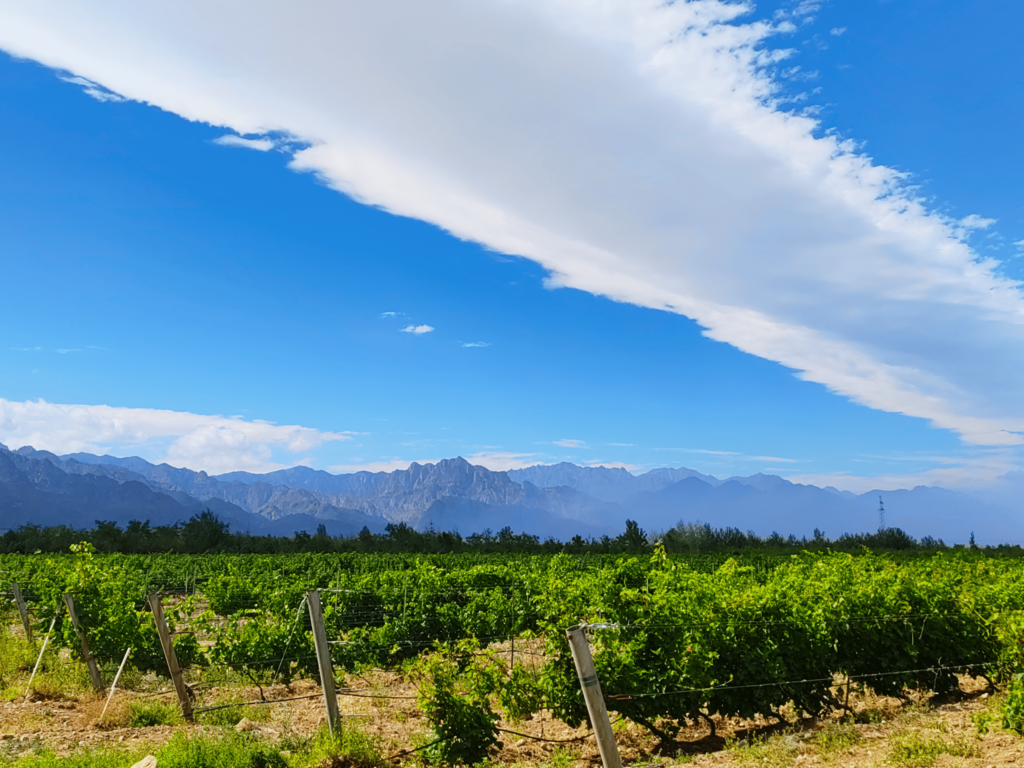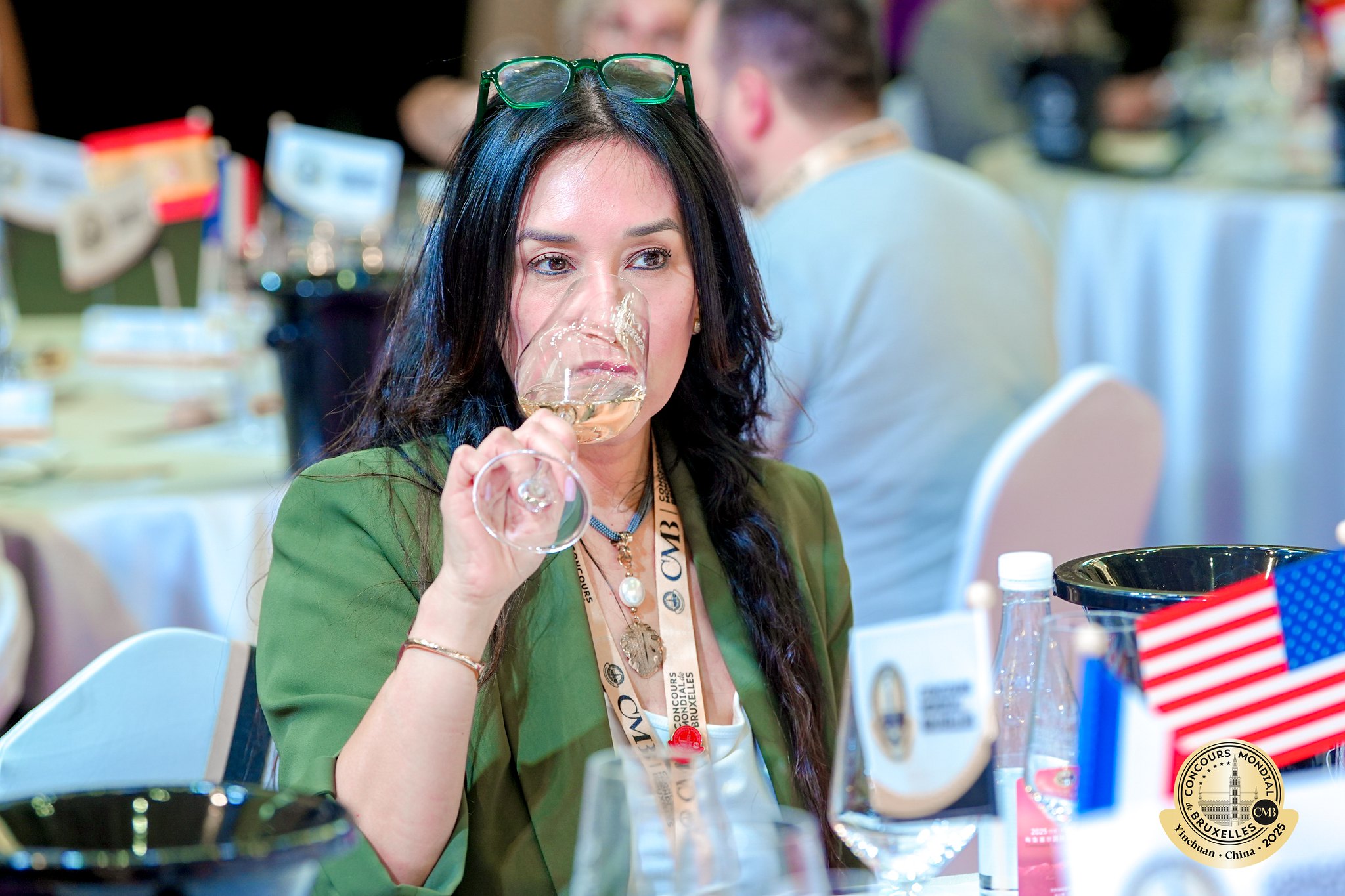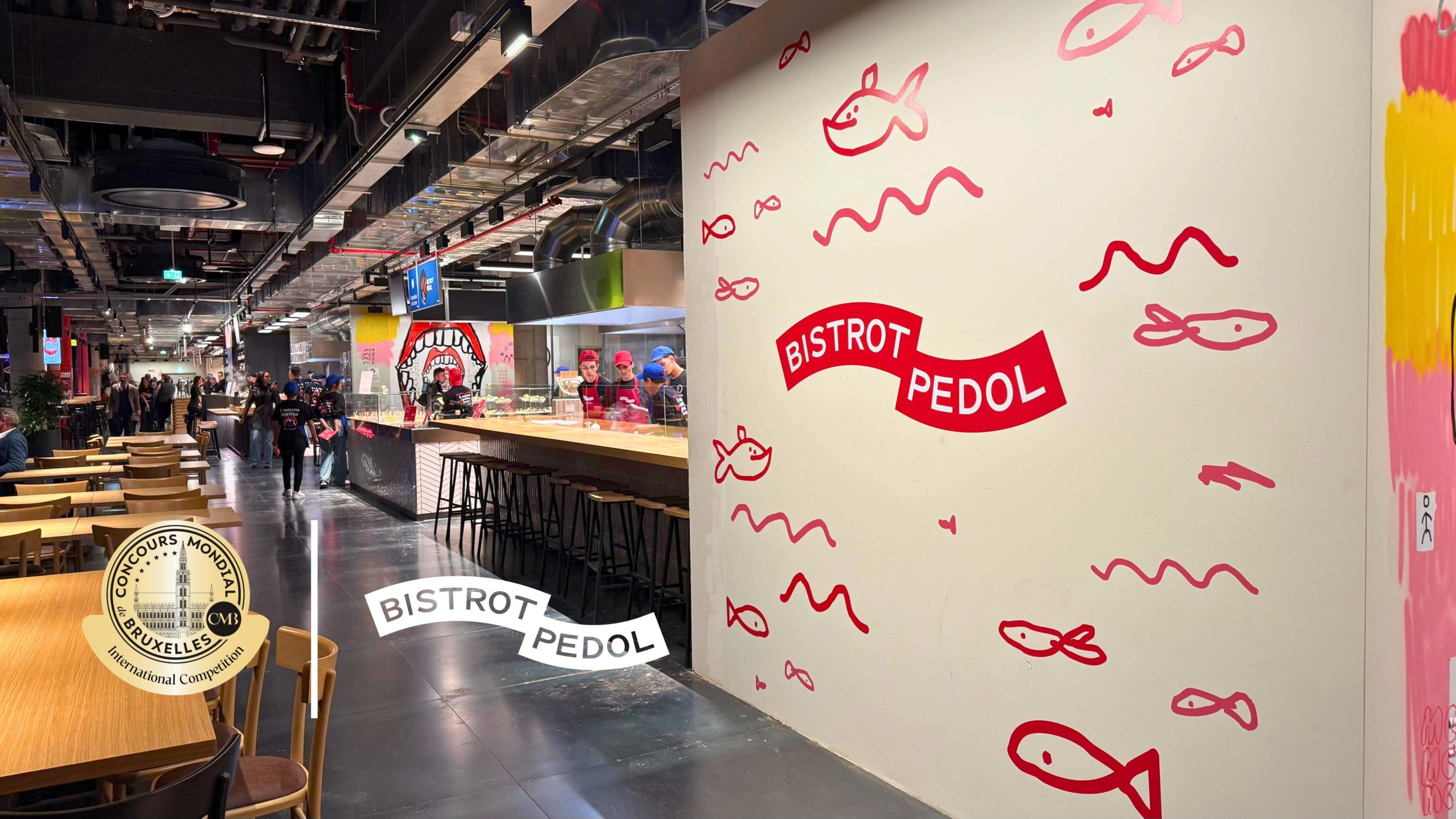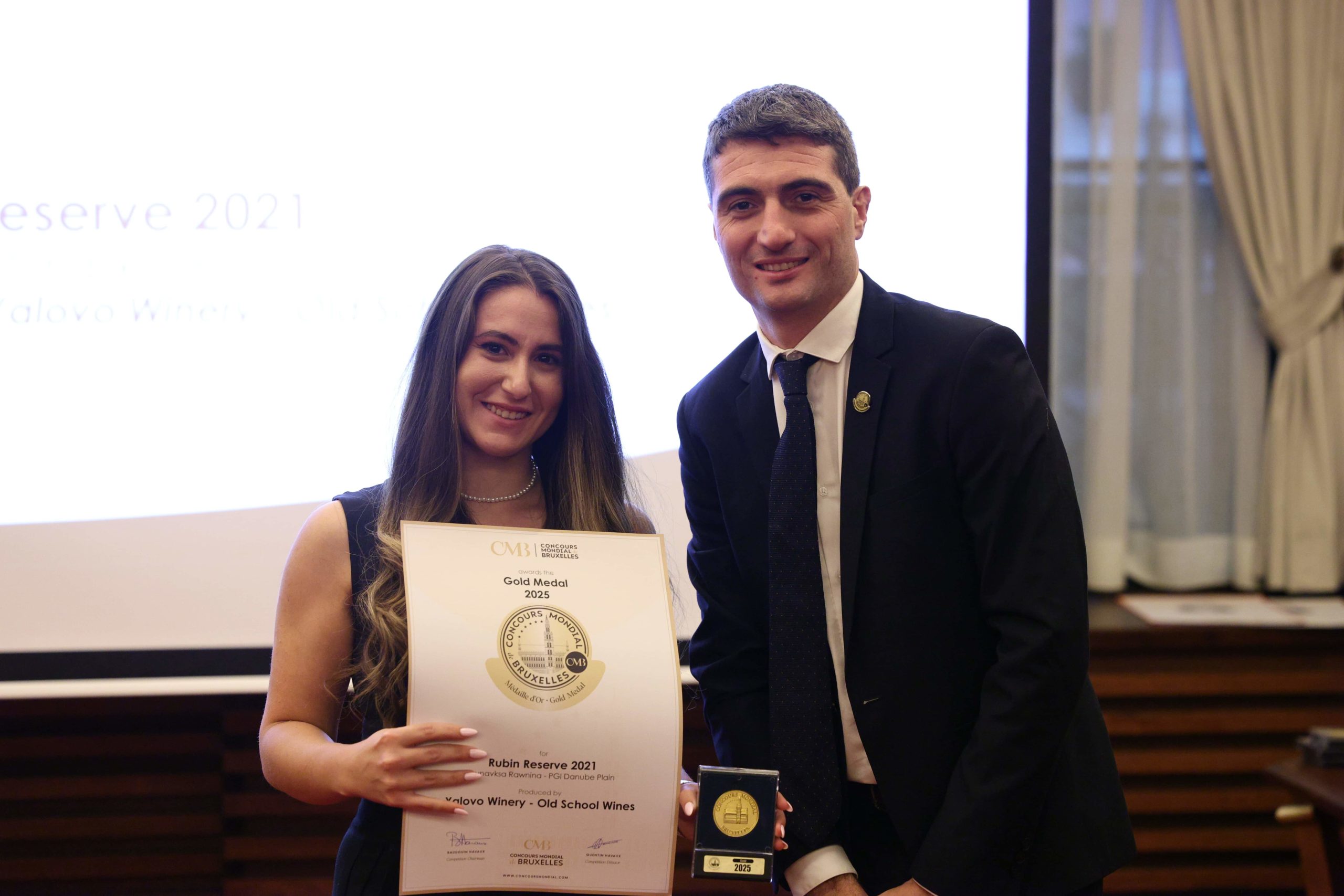Ningxia, Brilliant and unique

Previously, we informed you that Chinese viticulture has a millennia-old history, from the first fermented drinks to modern vineyards. After flourishing with the introduction of grapevines and winemaking techniques, wine became a symbol of prestige before experiencing a long decline due to crises and conflicts.
After this decline, it was not until 1892 that Chinese viticulture experienced a revival, thanks to various industry players. This new phase allowed China to re-enter the world of wine.
In this momentum, Ningxia has played a central role. Since the founding of the New China and the country’s opening up, several reforms have enabled the region to experience a boom in the wine industry. In February 1985, the first batch of wine made from grapes harvested in Ningxia passed the acceptance test, a key date for the further development of its promising industry.
During the 25th edition of the Concours Mondial de Bruxelles, where 9,180 wines from 48 countries were tasted, Ningxia was the most awarded region, winning 60 medals. This achievement propelled Ningxia to the forefront of viticulture.
Largely inspired by France’s reference classification systems, Ningxia became the first wine region in China to establish a classification protocol. This system was officially launched in 2013, ranking vineyards into five levels, with the fifth being the lowest. To date, no winery has yet reached level 1; however, nine have been classified at level 2. The Ningxia classified vineyard list serves as a reliable reference for consumers and fosters a spirit of healthy competition among the region’s wineries.
Growing vines in Ningxia is a challenge. In winter, temperatures can drop to -22°C, posing a serious threat to the vines. To protect them from frost, winemakers must bend the vines to the ground and cover them with a layer of soil before the first frosts arrive, this process is called “winter burial.” This labor-intensive but essential task is often carried out by hand, although some mechanized methods are currently being tested.
In the pursuit of innovation, the Mihope vineyard is experimenting with a thermal cover capable of capturing solar heat during the day and releasing it at night. If this technique proves effective, it could revolutionize viticulture in the region.
To be continued: The unique features of Ningxia’s terroir
Information and registration for the Red and White Wines Session


